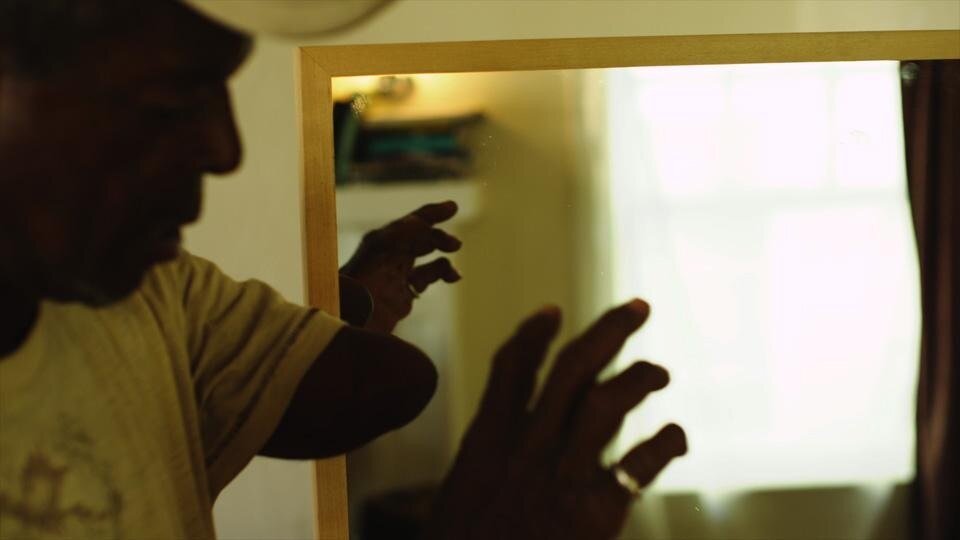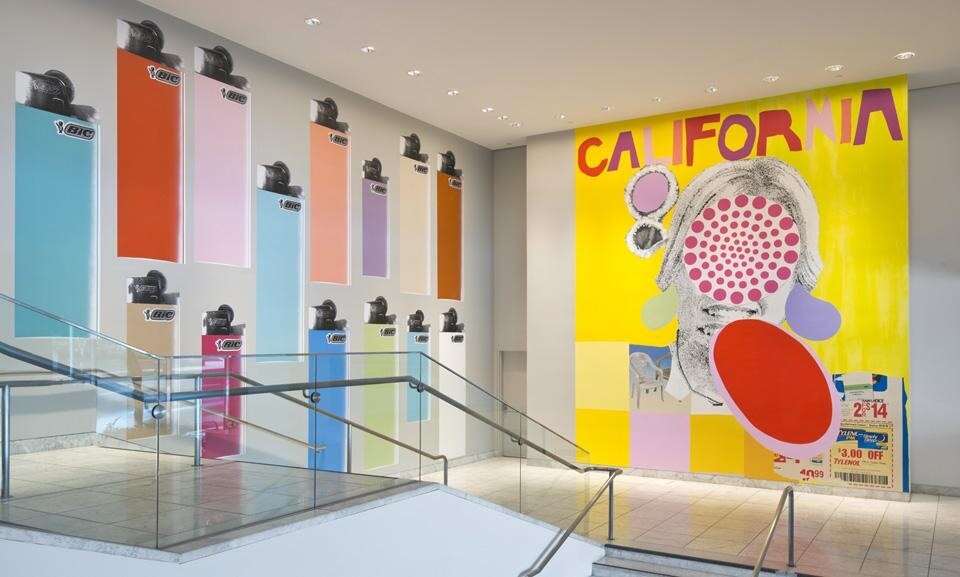Los Angeles is best viewed, perhaps, from the passenger's seat of a vehicle. And if the aim of Made in L.A. is to shed light on this place through its artists, then it appropriately does so by exposing the great distances and differences between their works. Though some viewers might be frustrated by the lack of obvious cohesion between the projects on display, the presence of a thematic "commonality" would feel remarkably false. After all, neither the artists nor their artworks are necessarily connected to one another by anything other than their home base.
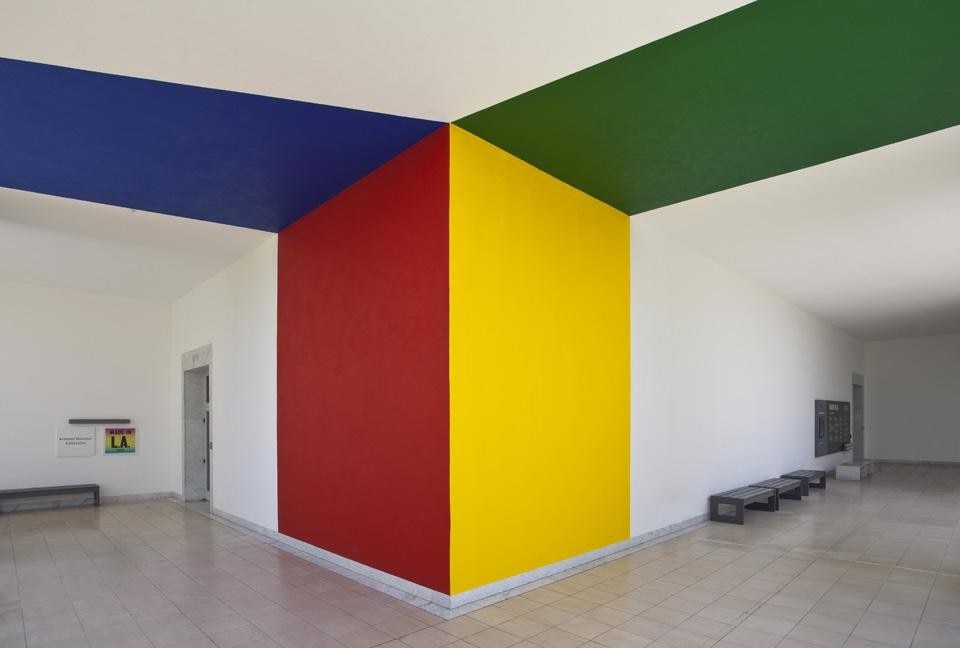
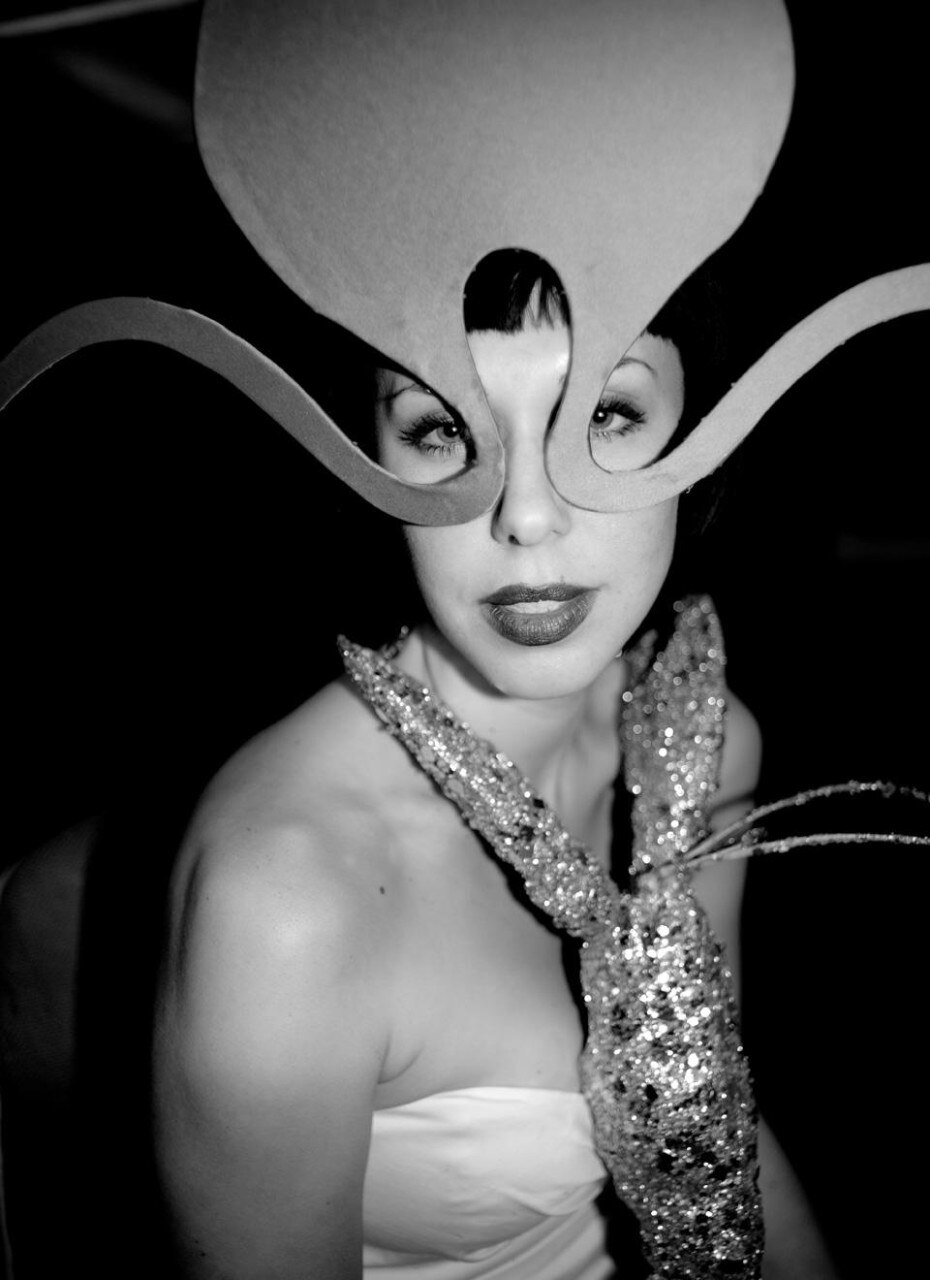
Now, openings are typically well-attended affairs, but this debut night had a particular vigor to it; its distinction being, perhaps, that the artists in attendance were many and local, and the work on display a surprise
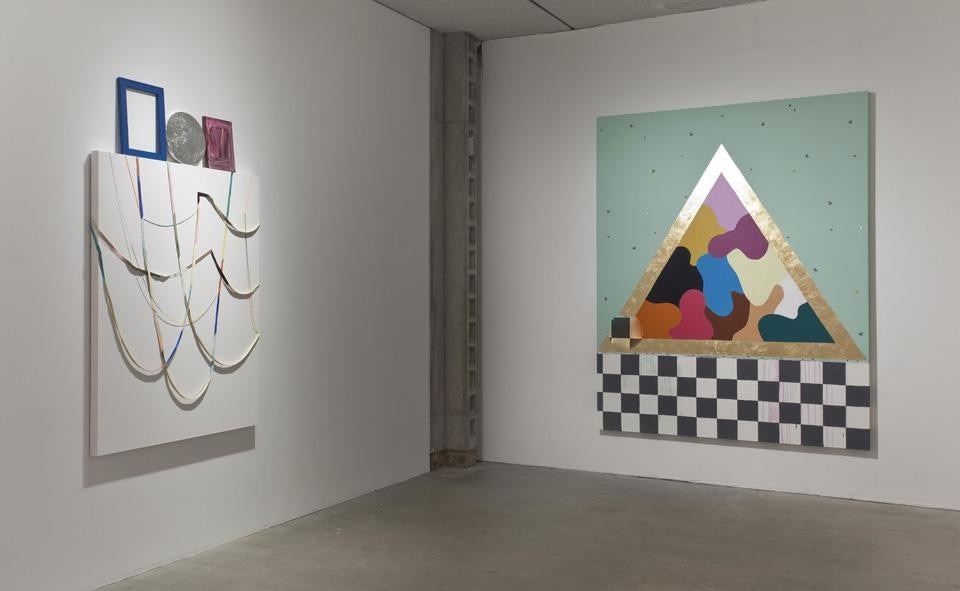
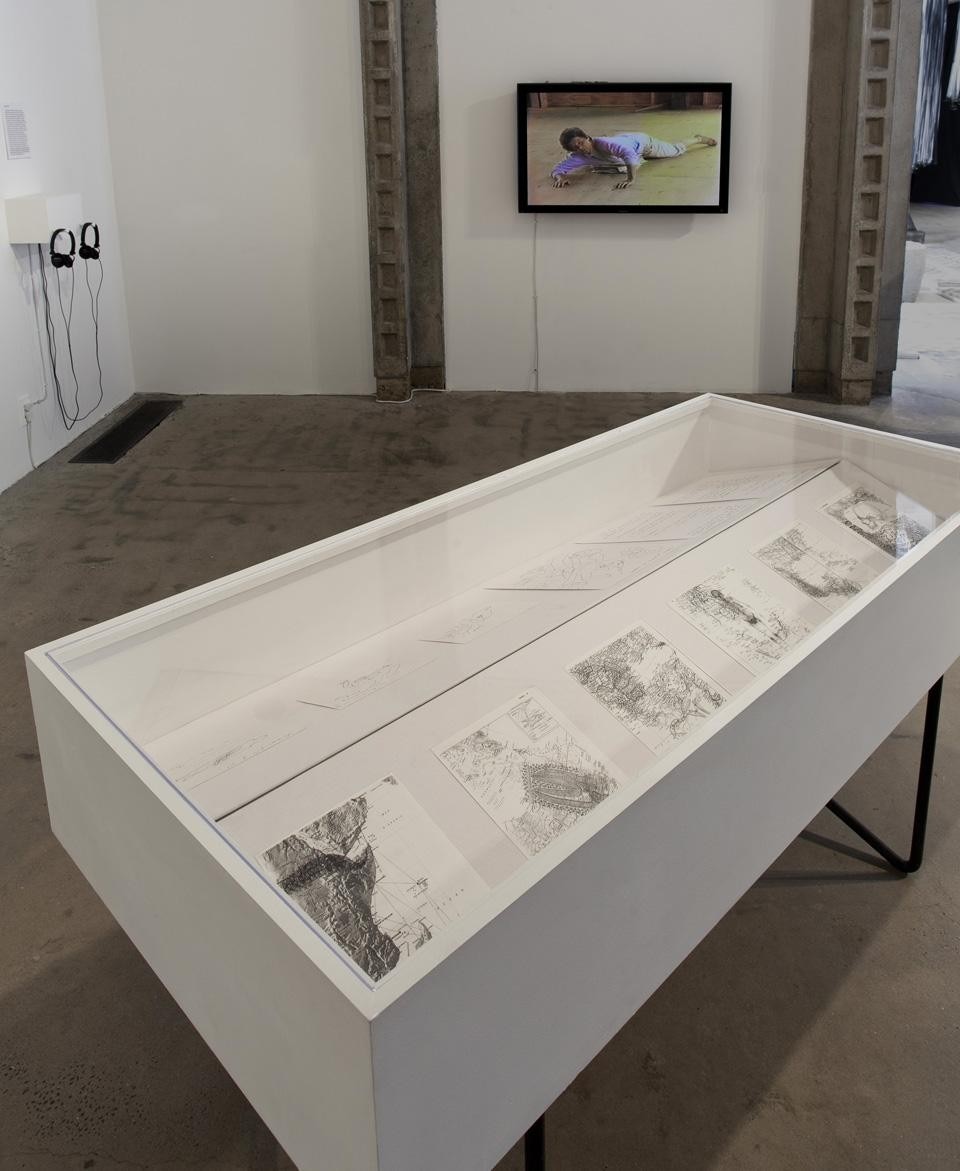
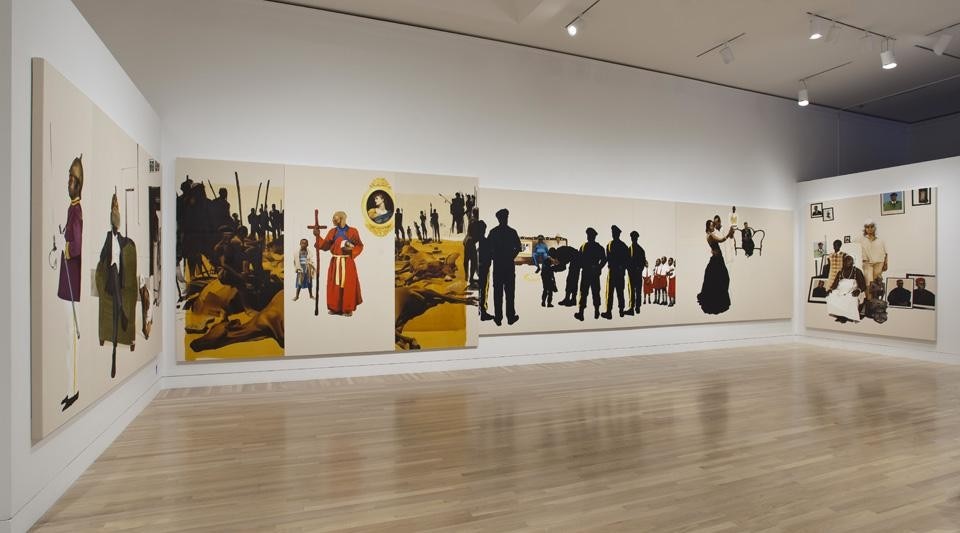
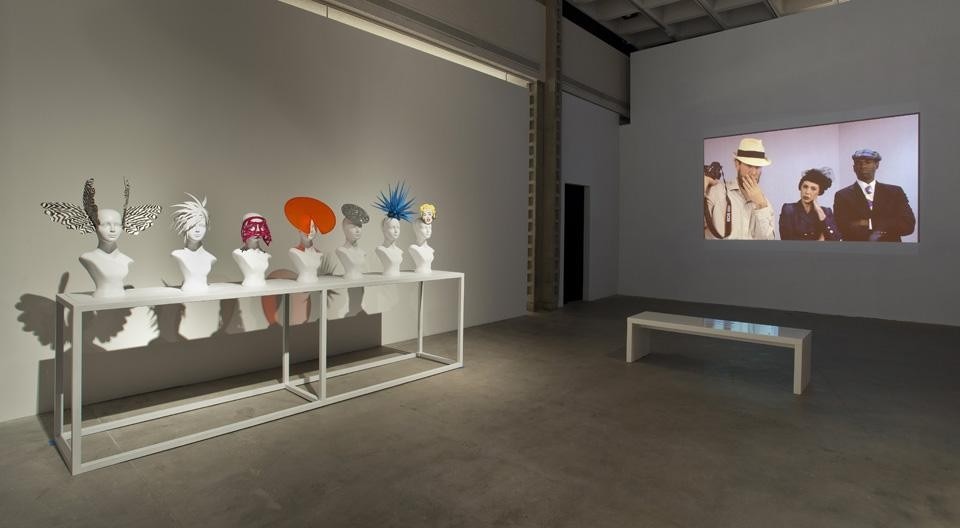
Made in L.A. 2012
Hammer Museum
Los Angeles
